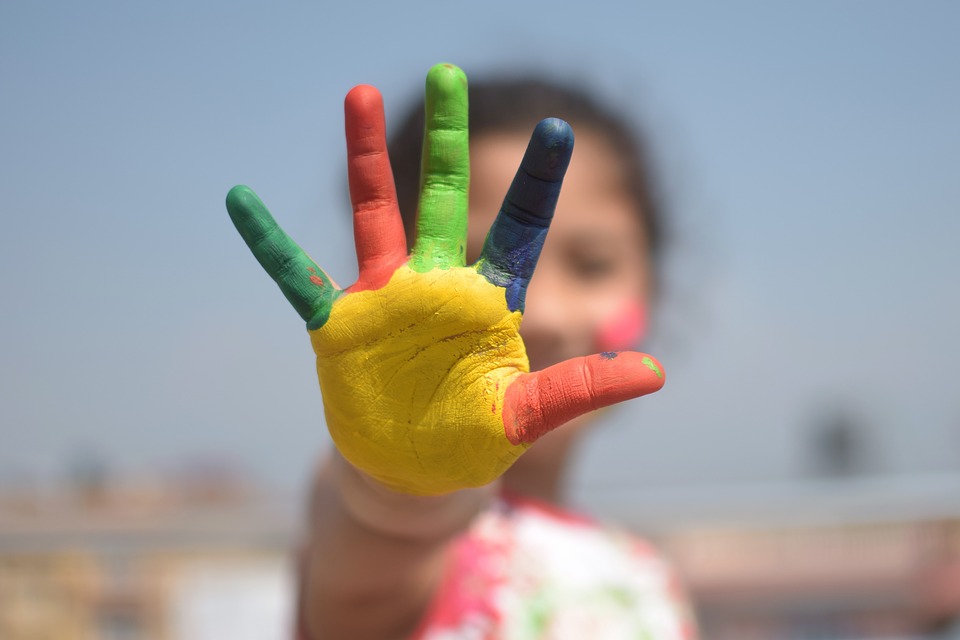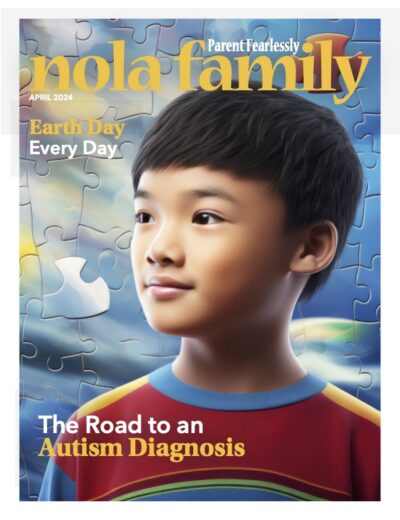
Wiggle Room: Whole-Body Learning
Sight, smell, hearing, taste, and touch can all be used for an enhanced learning experience.
What’s the best way your child retains and understands knowledge? Is he a visual learner — learns best through watching? Or is he an auditory learner — learns best through listening. What you may not know is that in addition to visual and auditory learning, there are other, more powerful ways children could better understand instructions — through the body’s other senses: smell, taste, and touch.
As your child begins and then progresses through the school year, try to notice the type of learning style he or she develops. It may be one, or a combination of the five senses. As an adult, think of the strategies you use to help remember and understand the world around you. Do you take notes during a meeting? Keep a to-do list? Leave yourself notes on the fridge? Set a timer to remind yourself to take medication?
We have adapted and have learned what methods work best for us to remember the things we need to function as adults. The same strategies can be used with your child to aid in making homework easier, making learning more fun, and developing which styles of learning work best.
Multisensory Learning
Incorporating more than one sense into learning is called multisensory learning. It typically includes a mixture of the typical learning styles of visual and auditory with the more powerful senses of touch, movement, and kinesthesia (awareness of the position of our body and how it moves).
Multisensory learning benefits all children, but can especially help those who learn differently or have specialized learning needs. By activating more than two sensory systems, multisensory learning leads to greater cognitive development and improved retention of knowledge. Integrating multiple senses of the body enhances brain function by creating greater neural connections and can also be used for a wide range of subjects, from math to English and from social studies to art.
Examples of simple and easy multisensory learning strategies are:
– Writing words in the air, in sand, on a parent’s back, or in shaving cream with a finger.
– Flatting out play dough or clay and writing words with a pencil.
-Rolling out play dough or clay, and forming each letter separately to spell a word or numbers for math problems.
– Using dry erase markers or crayons on mirrors, windows, or dry erase boards.
– Using color-changing, water-activated pens or paint brushes on chalkboard or construction paper.
– Using chalk on the sidewalk or construction paper taped to the wall.
– Using letter puzzle pieces or letter tiles to spell out words.
– Incorporating movement, such as jumping out letters, to spell a word or jumping when counting.
– Reading while swinging.
– Incorporating color into sight words or spelling patterns.
– Using household items or food for counting or simple addition and subtraction problems.
– Clapping or singing a sound pattern or song to help recall spelling.
– Idea mapping and graphic organizers are very useful tools for older children, too.
When used at home or in the classroom, multisensory learning will naturally lead to increased attention and engagement in children. So get creative! There isn’t a wrong way to integrate multiple senses into learning and the best part is that every child will benefit from these fun strategies.
 Kimberly Bradley, M.S., L.O.T.R., is a pediatric occupational therapist and owns Kim4Kids in Metairie. She can be reached at 504.517.5437; kim4kidsnola.com.
Kimberly Bradley, M.S., L.O.T.R., is a pediatric occupational therapist and owns Kim4Kids in Metairie. She can be reached at 504.517.5437; kim4kidsnola.com.

